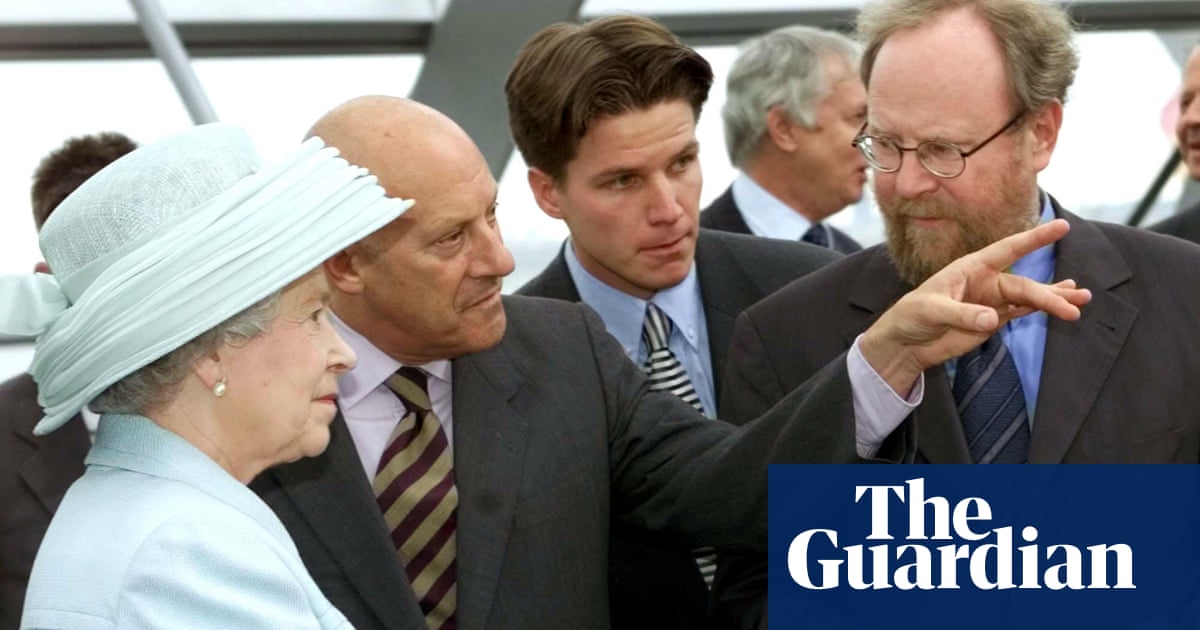The shortlist of teams competing to design a national memorial to the late Queen Elizabeth II has been unveiled and includes an architect once highly critical of King Charles.
Five finalists are in the running for what has been described as one of the most significant design initiatives in modern British history, in tribute to the UK’s longest-serving monarch.
They include Norman Foster, of Foster + Partners, responsible for the Gherkin in London, who was one of a several architects who publicly criticised the then Prince of Wales over his lobbying and for using his “privileged position” to “skew the course” of planning of the former Chelsea barracks redevelopment.
Charles, who championed traditional approaches to architecture, had reportedly privately contacted the developers Qatari Diar, backed by the Qatari royal family, to recommend more classical plans for the site from the architect Quinlan Terry, rather than those from Richard Rogers, a modernist like Lord Foster.
Foster’s team for the memorial features the British artist Yinka Shonibare and the ecologist Prof Nigel Dunnett, who was behind the Superbloom planting scheme in the Tower of London’s moat to celebrate the late queen’s platinum jubilee.
Heatherwick Studio with the sculptor and ceramicist Halima Cassell are also on the list. Thomas Heatherwick is one of the UK’s most prolific designers, known for the Olympic cauldron at the 2012 London Games and the redesign of London’s Routemaster buses.
J&L Gibbons with the production designer Michael Levine and William Matthews Associates are finalists, as are Tom Stuart-Smith with Jamie Fobert Architects and the artist Adam Lowe of Factum Arte.
The fifth is WilkinsonEyre with the artists Lisa Vandy and Fiona Clarke, whose firm restored and repurposed the Grade II-listed Battersea power station and designed the Sky Bridge at Hong Kong international airport and the Gateshead Millennium Bridge.
The shortlisted teams have been asked to create a masterplan that celebrates Elizabeth II’s “extraordinary life of service” and also provides a space for pause and reflection.
The king has not been involved in the shortlisting process, which is said to have attracted a wide range of “excellent creative talent” from across the UK and internationally.








